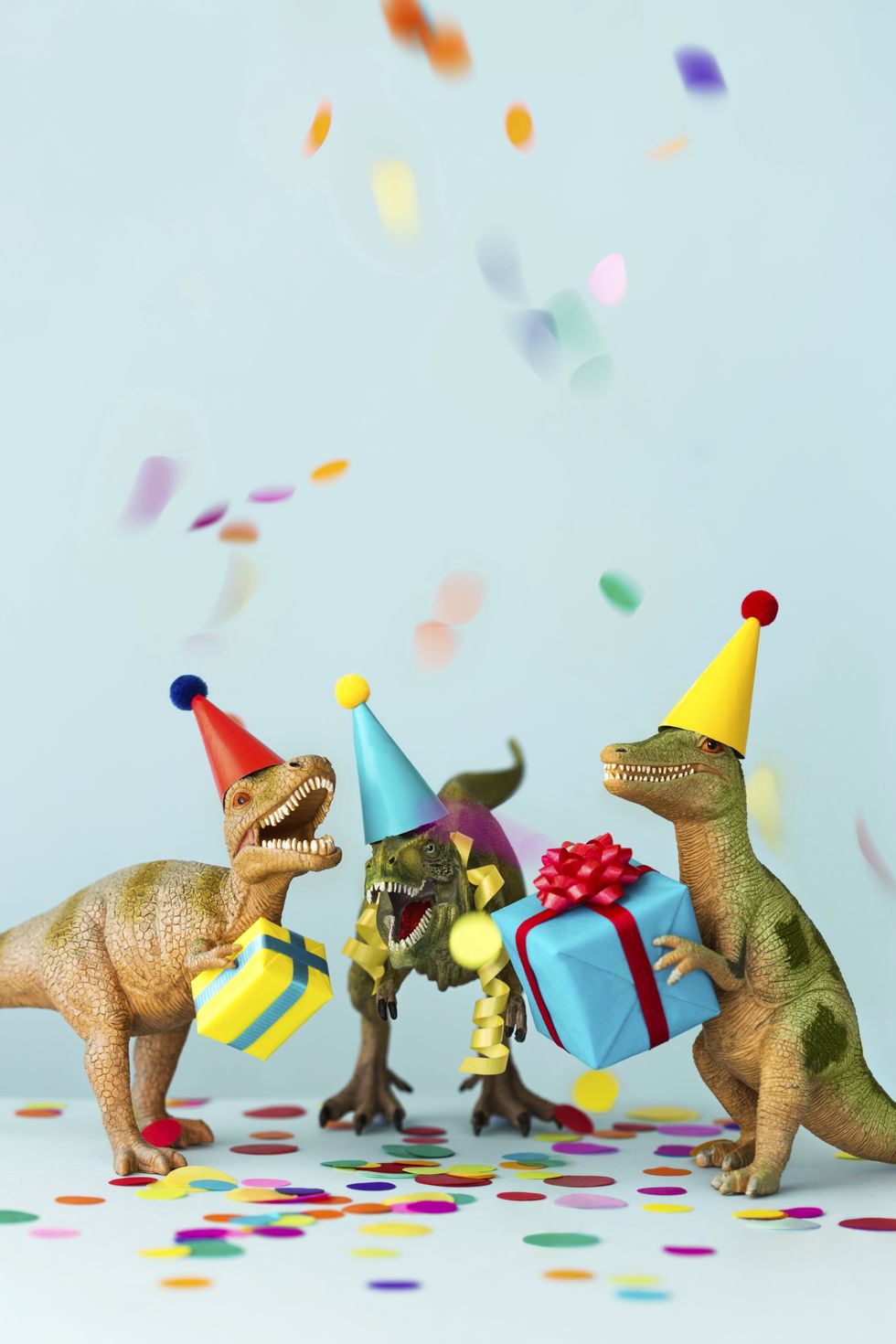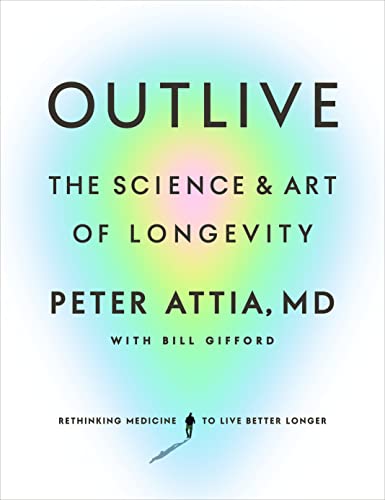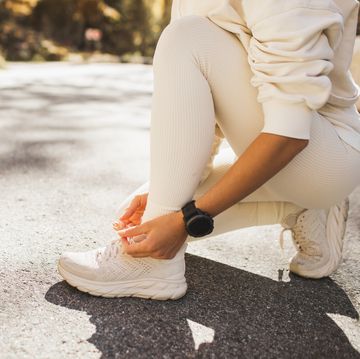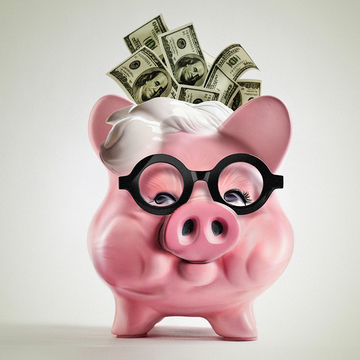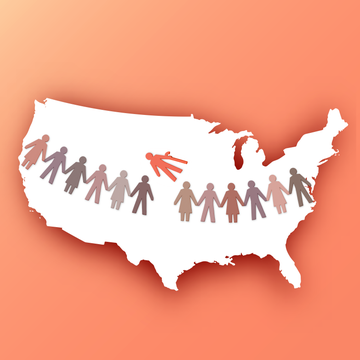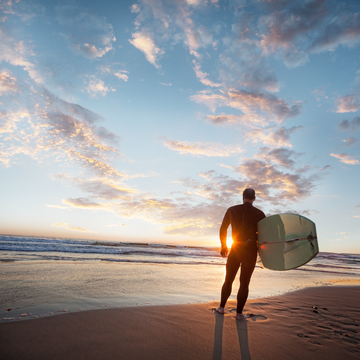When I talk with my patients about exercise, I often tell them the story of Sophie, my friend Becky’s mother, who died of respiratory illness at age 83. When I flew to San Francisco to attend the funeral, I hadn’t seen Sophie in 15 years. I remembered her as a vibrant, athletic woman who seemed ageless. She had been relatively active even in retirement. She played golf and worked most days in her garden. It wasn’t a structured “exercise” program; she was just doing the things she loved. But then she injured her shoulder, and then her knee, requiring surgery for both. After surgery, her activity level dropped off almost to zero. As Becky related to me, her mother mostly sat around the house, depressed. Her cognitive decline quickly ensued.
This made me incredibly sad as I sat there in the pew at her funeral. Yet her story was all too familiar. We have all seen older friends and relatives go through a similar ordeal, slowly (or not slowly) weakening until they can no longer find enjoyment in the things they once loved to do. What could have been done, I wondered, to change Sophie’s fate?
Had she simply needed to “exercise more”? Go to the gym and use the elliptical? Would that have saved her somehow?
More From Oprah Daily

It wasn’t clear that the answer was that simple. I had done plenty of exercise in my own life, but by the time of Sophie’s funeral, I was nursing a handful of pet injuries that I’d accumulated over the years. Fit as I was, it wasn’t clear that I was on a better path.
For most of my life, I’ve been obsessive with respect to fitness, always focusing on one particular sport—and inevitably taking it to an extreme. After I burned myself out on boxing, then running, then long-distance open-water swimming, I turned to cycling. I went all in: My primary aim in life was to win the local cycling time-trial series, a 20-kilometer individual race against the clock that almost nobody else cared about. I spent hours analyzing power-meter data and calculating my coefficient of aerodynamic drag, looking to shave precious seconds from my times using dorky models that I built in Excel.
The truth was that I had become pretty useless at everything except pedaling my road bike as fast as possible for 20 kilometers. I possessed a high VO2 max (the maximum rate at which a person can utilize oxygen, and perhaps the single most powerful marker for longevity), and I could produce a lot of power through the pedals, but I was not truly strong or flexible, and I did not have great balance or stability.
I was a one-dimensional athlete, and if I had kept it up, I might have ended up with my spine fused into my time-trial tuck, still able to ride my bike but unable todo anything else useful, especially with my upper body. I eventually quit competitive cycling because it became clear that at a certain point this obsessive approach becomes unsustainable in virtually any activity. How many old marathon runners do you know who are still racing? Probably not many.
After that, I fell into a limbo where I bounced around between different activities. I tried to get back into running. I went to Pilates classes with my wife. I did Barry’s boot camp for a time. You name it, I tried it. Then I joined a boutique fitness chain that specializes in high-intensity interval training, or HIIT. I enjoyed the fast-paced workouts they offered, like treadmill sprints and 30-second burpee blocks, and it took a fraction of the time that cycling did, so I was happy about that. But I didn’t have a goal other than “exercising.”
All this changed as I sat in the church at Sophie’s funeral. Officially, she died of pneumonia, but what had really killed her, I realized, was the slow gravitational pull of aging on her body. That had not begun in the last year or even the last decade of her life. It had been working against her, pulling her down, since before I had met her—for decades. And it was killing the rest of us, too: Her daughter, Becky, my patients, myself, and everyone reading this is likely headed for the same steep decline.
That thought saddened me to my core. But then it hit me: The only way that we would be able to fight this was to adopt the philosophy of a decathlete—and apply it to aging.
Of all Olympic athletes, the decathletes are most revered. The male and female winners of the gold medal are declared the “World’s Greatest Athletes.” Yet they are not the best at any of the 10 individual events in which they compete; they likely would not even medal. They are considered the greatest because they are remarkably good at so many different events. They are true generalists—yet they train like specialists.
We need to adopt a similar approach to aging, I decided: Each of us needs to be training for the Centenarian Decathlon. What in the world is the Centenarian Decathlon?
I’m not talking about an actual competition among 100-year-olds, although similar events do already exist. The National Senior Games, held every other year, brings together remarkable older athletes, some of them in their 90s and beyond. The record for the 100-meter dash for women ages 100 and up is about 41 seconds.
The Centenarian Decathlon is a framework I use to organize my patients’ physical aspirations for the later decades of their lives, especially their Marginal Decade. I know, it’s a somewhat morbid topic, thinking about our own physical decline. But not thinking about it won’t make it any less inevitable.
Think of the Centenarian Decathlon as the 10 most important physical tasks you will want to be able to do for the rest of your life. Some items on the list resemble actual athletic events, while some are closer to activities of daily living, and still others might reflect your own personal interests. I find it useful because it helps us visualize, with great precision, exactly what kind of fitness we need to build and maintain as we get older. It creates a template for our training.
I start by presenting my patients with a long list of physical tasks that might include some of the following:
- Hike 1.5 miles on a hilly trail.
- Get up off the floor under your own power, using a maximum of one arm for support.
- Pick up a young child from the floor.
- Carry two 5-pound bags of groceries for five blocks.
- Lift a 20-pound suitcase into the overhead compartment of a plane.
- Balance on one leg for 30 seconds, eyes open. (Bonus points: eyes closed, 15 seconds.)
- Have sex.
- Climb four flights of stairs in three minutes.
- Open a jar.
- Do 30 consecutive jump-rope skips.
The full list is much longer, with more than 50 different items, but you get the idea. Once they’ve read it, I ask them to please select which of these tasks they want to be able to perform in their ninth, or better yet 10th, decade. Which ones do they choose?
All of them, typically. They want to be able to hike a mile and a half, or carry their own groceries, or pick up a great-grandchild, or get up if they fall down. Or play 18 holes of golf, or open a jar, or fly somewhere on a plane. Of course they do.
That’s great, I say. You’ll make that kid’s day when you pick her up like that. But now let’s do a little math. Let’s say the kid weighs 25 or 30 pounds. That’s basically the same as doing a squat while holding a 30-pound dumbbell in front of you (i.e., a goblet squat). Can you do that now, at age 40? Most likely. But now let’s look into the future. Over the next 30 or 40 years, your muscle strength will decline by about 8 to 17 percent per decade—accelerating as time goes on. So if you want to pick up that 30-pound grandkid or great-grandkid when you’re 80, you’re going to have to be able to lift 50 to 55 pounds now. Without hurting yourself. Can you do that?
I press the issue. You also want to be able to hike on a hilly trail? To do that comfortably requires a VO2 max of roughly 30 ml/kg/min. Let’s take a look at the results of your latest VO2 max test—and guess what, you only scored a 30. You’re average for your age, but I’m afraid that’s not good enough, because your VO2 max is also going to decline. So you can pull it off now, but you likely won’t be able to do it when you’re older.
On it goes. To lift a 20-pound suitcase overhead when you are older means lifting 40 or 50 pounds now. To be able to climb four flights of stairs in your 80s means you should be able to pretty much sprint up those same stairs today. In every case, you need to be doing much more now, to armor yourself against the natural and precipitous decline in strength and aerobic capacity that you will undergo as you age.
Eventually, my patients get it. Together, we come up with a list of 10 or 15 events in their personal Centenarian Decathlon, representing their goals for their later decades. This then determines how they should be training. In the end, most people’s Centenarian Decathlons will probably overlap to a degree. Someone who enjoys stand-up paddleboarding, for example, would perhaps choose “events” focused around building core and cross-body strength. But she will likely be training the same muscle groups as I am doing for archery, and maintaining a similar degree of stamina and balance.
The Centenarian Decathlon is ambitious, no question. A 90-year-old who is even able to board a plane under her own power, let alone hoist a carry-on bag, is doing extremely well. But there is a method to the madness. These individual tasks are not out of reach. There are octogenarians, nonagenarians, and even centenarians right now who are running marathons, racing bicycles, lifting weights, flying airplanes, jumping out of airplanes, skiing the Rocky Mountains, competing in actual decathlons, and doing all sorts of other amazing things. So all these events are within the realm of possibility.
One purpose of the Centenarian Decathlon, in fact, is to help us redefine what is possible in our later years and wipe away the default assumption that most people will be weak and incapable at that point in their lives. We need to abolish that decrepit stereotype and create a new narrative—perhaps modeled after the old-school fitness guru Jack LaLanne, who kept doing his usual rigorous daily workout right up until his death at age 96. Unlike most very long-lived individuals, he didn’t just get there by accident or luck. He built and maintained a high level of fitness throughout his life, beginning in the 1930s, when very few people exercised regularly and “fitness centers” did not yet exist. As he got older, he set out very deliberately to defy the stereotype of aging as a period of misery and decline. He did the work, and he succeeded, giving us a glimpse of what an older person is truly capable of achieving.
If we are to follow in LaLanne’s footsteps, we must stop pointlessly “exercising” just because we think we are supposed to, banging away on the elliptical trainer at lunch hour. I promise, you can do better. I suggest you join me and start training, with a very specific purpose, which is to be kick-ass 100-year-olds. When my patients say they are more interested in being kick-ass 50-year-olds than Centenarian Decathletes, I reply that there is no better way to make that happen than to set a trajectory toward being vibrant at 100 (or 90, or 80) just as an archer who trains at 100 yards will be more accurate at 50. By fixing our aim on the Centenarian Decathlon, we can make every decade between now and then better as well.
With the Centenarian Decathlon as my goal, I now work out with the focus that I once directed exclusively toward cycling, swimming, or boxing. It’s not about being great at any one pursuit, but about being pretty good at just about everything. As Centenarian Decathletes, we are no longer training for a specific event, but to become a different sort of athlete altogether: an athlete of life.
From the book Outlive: The Science and Art of Longevity, by Peter Attia, MD, with Bill Gifford. Copyright © 2023 by Peter Attia. Published by HarmonyBooks, an imprint of Random House, a division of Penguin Random House LLC.
Any content published by Oprah Daily is for informational purposes only and does not constitute medical advice, diagnosis, or treatment. It should not be regarded as a substitute for professional guidance from your healthcare provider.
Join Oprah and Peter Attia, MD, for a surprising and informative conversation about how to craft a road map for a longer, healthier life. Become an Oprah Daily Insider now to get access to this conversation on longevity and the full “The Life You Want” Class library.


